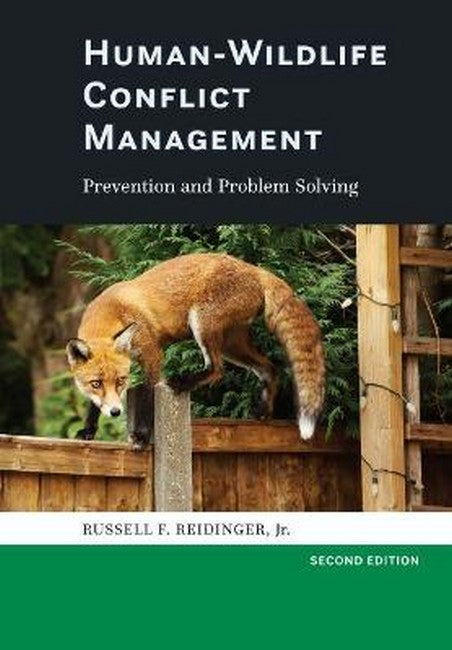Human-Wildlife Conflict Management 2/e
Human-Wildlife Conflict Management 2/e
SKU:9781421445250
Share
The latest edition of this classic guide details how to understand and resolve a broad array of human-wildlife conflicts. This new edition of Human-Wildlife Conflict Management updates our understanding of the human dimensions, as well as biological and ecological concepts, underlying human-wildlife conflicts. While it provides wildlife professionals and students with the knowledge and adaptive management strategies to resolve such conflicts, it uniquely explores negative interactions with a wide range of wildlife taxa beyond those typically covered in traditional wildlife damage management, including invasive plants, invertebrates, and fish. Designed to help students and natural resource practitioners gain a deeper understanding of how to successfully avoid and resolve conflict between humans and wildlife, it is informed by author Russell F. Reidinger's decades of teaching students and professionals how to anticipate and manage human-wildlife conflicts, as well as his experience leading a national research program devoted to this work. The book covers important human-wildlife topics such as: * individual-, population-, and ecosystem-level effects * survey techniques * management methods * human dimensions * economic issues * legal and political aspects * damage management strategies Featuring explanations of important terminology and pertinent biological and ecological concepts, Reidinger also shares the latest research, provides a plethora of real-world examples, and includes suggestions for additional resources.
About the Author
About the Author
Russell F. Reidinger, Jr. (COLUMBIA, MO), PhD, is an affiliate associate professor at Colorado State University. He is a former researcher and Director of the United States Department of Agriculture's National Wildlife Research Center, the nation's only research center devoted strictly to the study and resolution of human-wildlife conflicts.
Couldn't load pickup availability


